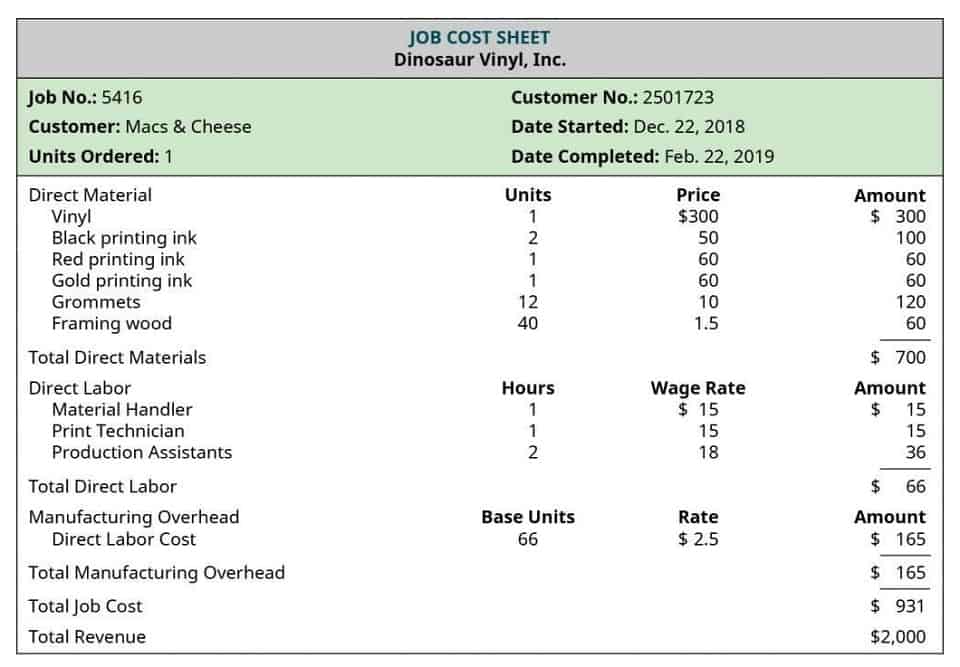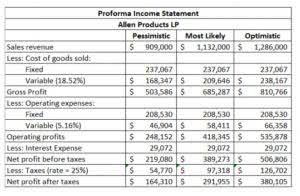
The information in the general ledger is then aggregated into a set of financial statements for each reporting period. The balances of nominal accounts are directly transferred to the profit and loss account. The balances related to balance sheet items are to be transferred to the general ledger account.
- Accruing tax liabilities in accounting involves recognizing and recording taxes that a company owes but has not yet paid.
- Posting in accounting involves transferring entries from the journal to the ledger.
- He has been the CFO or controller of both small and medium sized companies and has run small businesses of his own.
- Posting journal entries may sound fairly complicated, but it’s actually simpler than you might think.
- Identifying these dependencies early on helps prevent delays and ensures that the team is working efficiently.
- In the General Ledger, for the corresponding transaction, the page number of the General Journal is entered to signify the page where the transaction can be found.
Debits and credits in the context of double-entry accounting
- These systems can automatically categorize transactions based on predefined rules, ensuring consistency and accuracy.
- In this process, all adjusting entries to the various subledgers and general journal must be made, after which their contents are posted to the general ledger.
- In addition to the graduate certificate in accounting, Fitchburg State offers multiple business-focused graduate certificates, including options in finance, marketing and business analytics management.
- Not all tasks in the month-end close process carry the same weight or urgency.
- The final step is to cross verify the balances and recheck whether there are any mathematical errors; if any of the errors are found, rectify them to maintain proper records.
Posting to the general ledger involves recording detailed accounting transactions in the general ledger. It involves aggregating financial transactions from where they are stored in specialized ledgers and transferring the information into the general ledger. Initially, transactions that are completed in volume are usually recorded in a specialty ledger, such as the sales ledger. https://www.instagram.com/bookstime_inc Doing so keeps the general ledger from being awash in the detail for thousands of transactions.

Posting Journal Entries Mini Quiz:
- He has been a manager and an auditor with Deloitte, a big 4 accountancy firm, and holds a degree from Loughborough University.
- You will leverage your strong background in accounting and excellent communication skills to deliver high-quality service tailored to each client’s unique needs.
- Universities may also offer grants or scholarships to certificate students, including tuition discounts for military-affiliated learners.
- The part-time format, which takes around one year to complete, also benefits busy students.
- The balances of the general journal and various sub-ledgers are to be transferred at various intervals, ranging from daily to yearly.
- The final step in the posting process is to check for mathematical and data transfer errors.
The general ledger is a compilation of the ledgers for each account for a business. In the context of posting, the double-entry system ensures that each transaction is accurately transferred from the journal to the ledger. For instance, when a company makes a sale, the revenue account is credited, and the accounts receivable account is debited. This simultaneous recording in two different accounts provides a complete picture of the transaction, making it easier to track and analyze financial activities.
Posting Low-Volume Transactions
Construction-specific accounting software can help automate many of the repetitive, manual tasks that slow down the close, such as processing invoices, reconciling accounts, and generating reports. By automating these tasks, accounting teams can focus on more strategic activities, reducing the amount of time spent on mundane, time-consuming work. For example, reconciling bank accounts, processing accounts payable (AP), and finalizing job costs should take precedence since these tasks directly impact the accuracy of financial statements.
The recording of such transactions in the books of accounts is known as adjusting entries. Adjusting entries ensure that expenses and revenue for each accounting period match up—so you get an accurate balance sheet and income statement. Check out our article on adjusting journal entries to learn how to do it yourself. To make a journal entry, you enter the details of a transaction into your company’s books. In https://www.bookstime.com/articles/normal-balance the second step of the accounting cycle, your journal entries get put into the general ledger.
Forbes Advisor’s education editors are committed to producing unbiased rankings and informative articles covering online colleges, tech bootcamps and career paths. Our ranking methodologies use data from the National Center for Education Statistics, education providers, and reputable educational and professional organizations. An advisory board of educators and other subject matter experts reviews and verifies our content to bring you trustworthy, up-to-date information. Regular team check-ins during the close process can help identify any roadblocks early and allow for task reassignment or prioritization adjustments if needed.

Project costs and WIP reports are essential components of the financial close, and delays in receiving this information from project managers can slow down the entire process. By spreading out tasks over time, accounting teams can reduce the workload during the actual close and catch errors or discrepancies earlier. Continuous closing also provides the organization with more accurate and up-to-date financial information, allowing management to make better-informed decisions. Instead of cramming all accounting activities into the last few days of the month, adopting a continuous close approach can make the process much more manageable. In a continuous close, certain tasks—such as reconciling accounts and reviewing job costs—are completed throughout the month, rather than waiting until the very end.

Step 1 of 3
Before you start, I would recommend to time yourself to make sure that you not only get the questions right but are completing them at the right what is posting in accounting speed.
Fact Checked
The second step in the accounting cycle is journalizing, which involves recording all transactions in the general journal. The general journal contains entries that don’t fit into any of your special journals—such as income or expenses from interest. The T-account shows the opening and closing balances as well as the individual transactions during the period covered. Be sure to check your understanding of this lesson and how to post journals to the T-accounts by taking the quiz in the Test Yourself! And right at the bottom of the page, you can find more questions on the topic submitted by fellow students.


